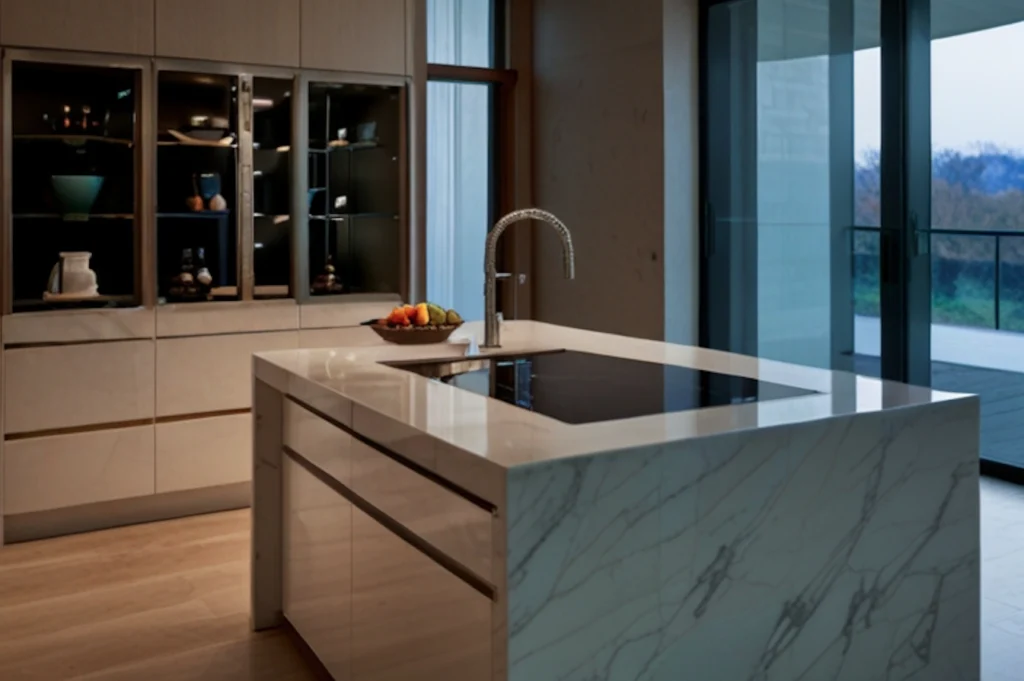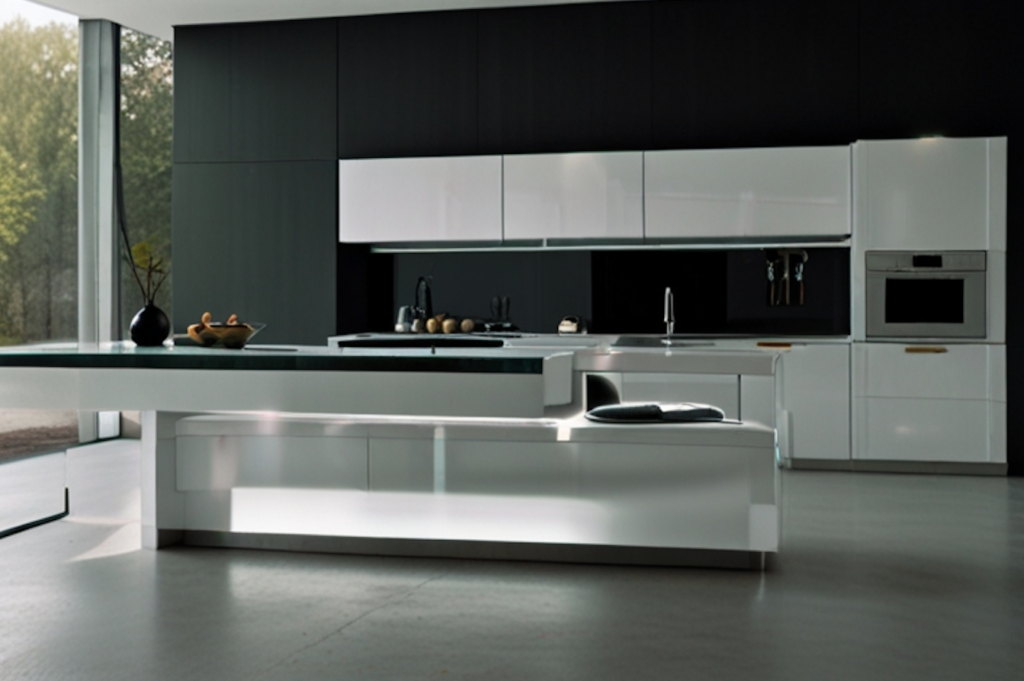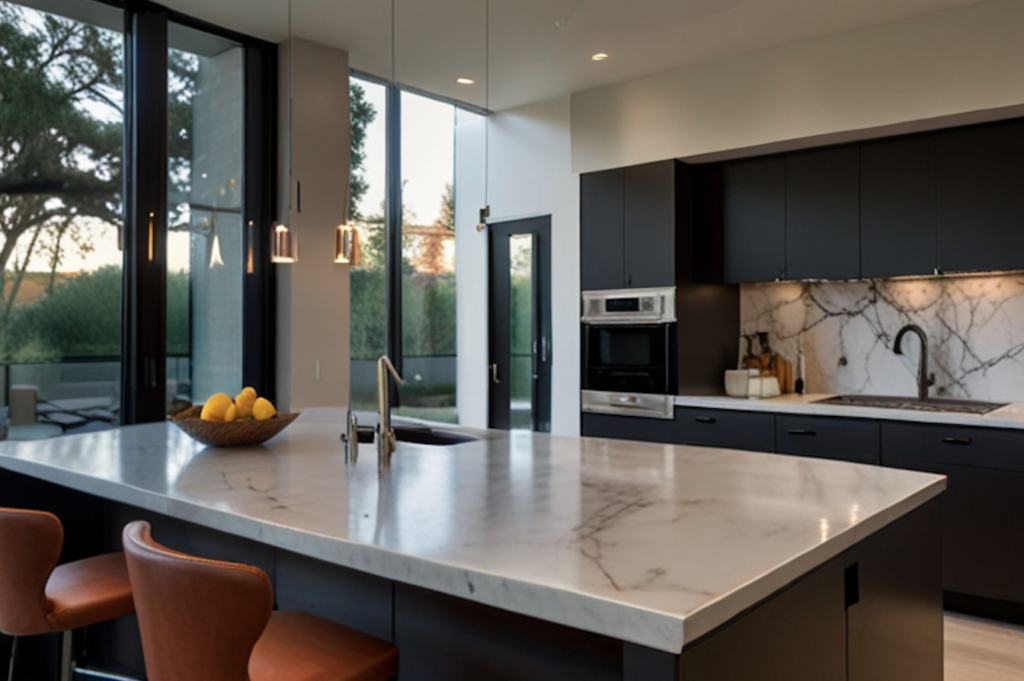Ah, the kitchen. For many of us, it conjures up warm memories – the aroma of freshly baked cookies, the comforting clatter of pots and pans, and most importantly, the laughter and chatter of family gathered around the heart of the home. But the kitchen’s role has evolved. It’s no longer just a space for culinary creations; it’s become a social hub, a place where connections are fostered, and memories are made.
As kitchen remodelers, we understand this shift. This article is for those of you who share the passion for creating kitchens that go beyond functionality – kitchens that encourage interaction and togetherness.
The Rise of the Kitchen Huddle: From Closed-Off to Open
Traditionally, kitchens were often closed-off spaces, separated from living areas. This physical barrier limited interaction, especially during meal preparation. Think of the lone chef, facing away from the family, missing out on conversations and the joy of shared experiences.
Thankfully, times have changed. The open floor plan has become a beloved design choice – and for good reason. By removing walls and creating a more open space, we allow the kitchen to become a true hub of activity. Imagine a parent chopping vegetables while chatting with their child doing homework at the island, or catching up with guests while whipping up a delicious meal – the possibilities for connection are endless!
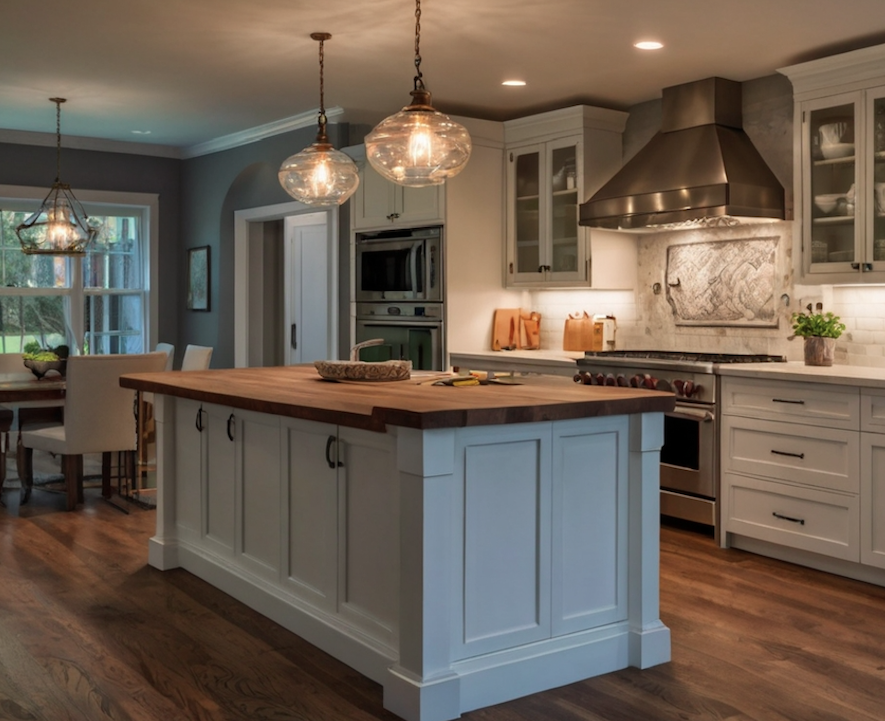
Designing for Connection: Key Considerations
Now, let’s delve into strategic design elements that promote interaction within your kitchen remodels.
- The Kitchen Triangle Revisited: We all know the importance of the work triangle – the efficient flow between the sink, stove, and refrigerator. But remember, efficient doesn’t have to mean isolating. Consider open layouts for the work triangle, allowing for conversation while maintaining functionality.
- Conversation Corners: Imagine the scene – a family gathered around a breakfast nook, sharing stories over morning coffee. This is the power of conversation areas. Incorporate them seamlessly into your designs. Think breakfast nooks, seating arrangements integrated near prep zones, or islands with overhangs designed for casual perching.
We’ve explored the rise of open floor plans and the importance of conversation areas. Now, let’s delve into the world of Multi-Functional Marvels and Creative Solutions for Closed Kitchens.
- Islands Beyond Prep Space: The kitchen island has become a multitasking masterpiece. It’s no longer just about prep work. Imagine a spacious island with an overhang offering seating for casual meals or catching up with friends. This creates a natural gathering spot within the kitchen, fostering connection while maximizing space.
- Dual-Purpose Powerhouses: Think beyond just cooking! Incorporate secondary functions into your kitchen design. Imagine a homework station tucked away in a corner, complete with built-in shelves and charging stations, allowing parents to keep an eye on their children while whipping up dinner. A media nook integrated into the cabinetry can create a cozy spot for catching up on the news or enjoying a movie night – all within the heart of the home.
Beyond Open Floor Plans: Fostering Connection in Any Kitchen
Let’s face it, open floor plans aren’t always feasible. But that doesn’t mean connection has to be sacrificed! Here are some creative solutions for closed kitchens:
- The Power of Windows: Strategic window placement can be a game-changer. Imagine windows overlooking the living area, allowing parents to maintain a visual connection with children playing even while cooking. It’s all about maximizing sight lines and preserving a sense of togetherness even with a physical barrier.
- Open Up the View: While knocking down walls might not be an option, explore ways to maximize sight lines within the kitchen itself. Consider replacing bulky upper cabinets with open shelving or glass-front cabinets, allowing light to flow and creating a more open feel.
- Pocket Power: Think space-saving solutions! Instead of traditional swinging doors that create a physical barrier, consider pocket doors. These beauties slide seamlessly into the wall, maintaining a sense of openness while offering privacy when needed.
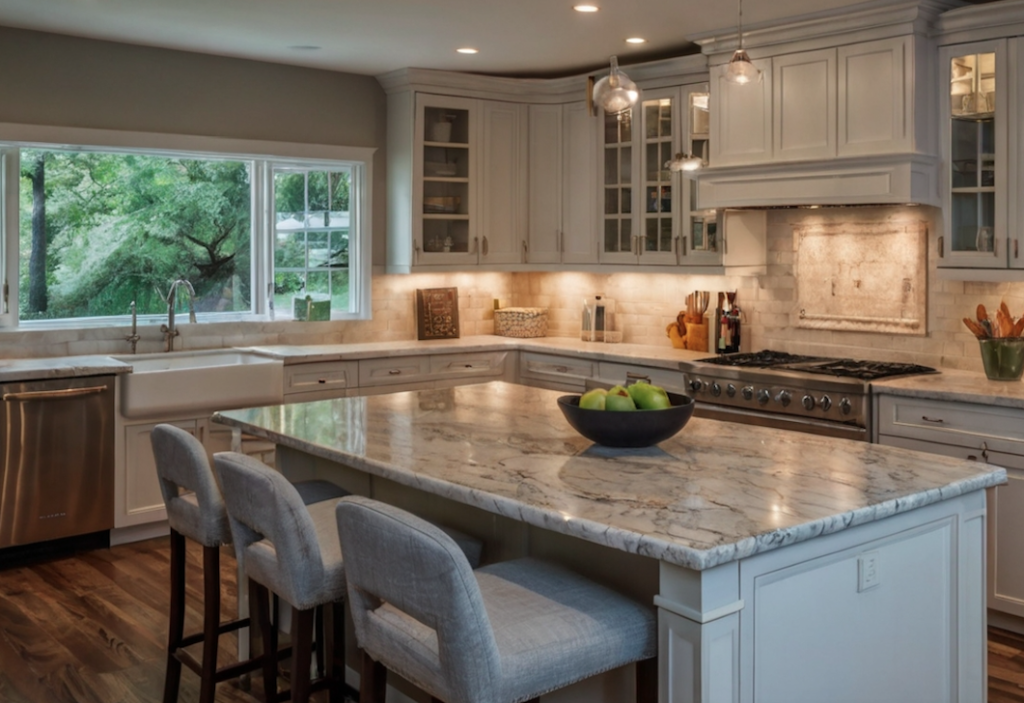
Designing for Connection: Pro Tips from the Trenches
Now that we’ve explored layout strategies and creative solutions, let’s get down to brass tacks with some practical tips you can implement in your next kitchen remodel project:
- Pro Tip 1: Be Mindful of Traffic Flow: Imagine a kitchen ballet gone wrong! A well-designed kitchen allows for seamless movement between key areas. Plan walkways and appliance placement strategically to avoid bottlenecks that disrupt conversation and create frustration.
- Embrace the Power of Seating: People are naturally drawn to comfortable places to gather. Incorporate a variety of seating options at different heights. Think bar stools for islands, cozy nooks tucked away for intimate conversations, and comfortable chairs around a table for extended meals or game nights.
- Lighting Sets the Mood: The right lighting scheme can dramatically impact the atmosphere of your kitchen. Design a layered lighting plan**. Task lighting over the sink and prep zones ensures proper visibility for culinary tasks. Ambient lighting, such as pendant lights over an island or under-cabinet lighting**, creates a warm and inviting environment that fosters conversation.
Conclusion: Building More Than Kitchens, Building Connections
As kitchen remodelers, we have the privilege of shaping the heart of the home. By incorporating these design principles and “connection-promoting” features, we can create kitchens that go beyond functionality. We can create spaces that encourage families and friends to gather, share stories, and build lasting memories. Remember, it’s not just about cabinets and countertops; it’s about building kitchens that build connections.
Call to Action: The next time you meet with a client, go beyond the traditional checklist. Explore their needs and desires. Consider how the kitchen can be a space that fosters connection within their home.

